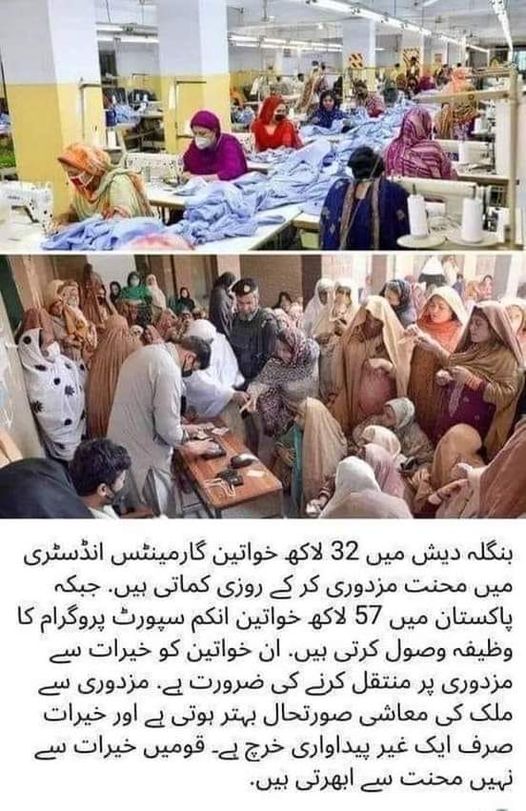Abstract
Readymade garments (RMG) sector is the clothing industry that deals with mass-manufactured finished textile goods. Though initiated in the West, with the rise in demand for readymade garments worldwide, this sector has spread in the Third World countries as well. In Bangladesh, this has emerged to be the largest earner of foreign currency. Women are getting employed in large numbers in this sector. Hence, this has become the basic means of earning for them. Being emancipated financially, they now have a say in the matters of their families and in the public sphere.
Therefore, it can be said that this industry is aiding women in Bangladesh to be liberated and empowered with a voice of their own. Based on this idea, I would like to examine the prospects these women have, after being involved in the RMG sector.
Though the picture looks quite bright, to what extent is it true in a primarily patriarchal society? Has the government of the country taken any step for altering their status in the society? Are they really able to take a stand or still dependent on the male members of the family? How do the men in Bangladeshi society view women’s public participation in the RMG sector? All these issues have been explored through the Bangladeshi women’s experience.
Keywords
Women’s emancipation; readymade garments sector; men’s role; gender inequality; Bangladesh
Introduction
Bangladesh, after becoming independent in the year 1971, was considered to be one of the poorest countries in the world with no distinguished production supporting her progress. Even the jute industry, the only major export earner began to tear down. During this turmoil, the industry that not only contributed but also helped in rebuilding the economy of the nation-state was- the Readymade-made Garments Sector.

At present, the ready-made garments industry accounts for 81% (Export Promotion Bureau Compiled by BGMEA 2015) of total export earnings of Bangladesh, thus, becoming the largest earner of foreign currency. The apparel industry began its journey in the 1980’s. The late Nurool Quader Khan was one of the eminent initiators of the RMG sector in Bangladesh.
In 1978, he sent 130 trainees to South Korea where they learned how to produce readymade garments. With those trainees, he set up the first factory “Desh Garments” to produce garments for export’ (World Bank, 2015: fifth para). After seeing the success of these pioneering industries, many new entrepreneurs began to build their own factories in the country, hence leading to advancement of this sector.
Readymade garments industry is the clothing industry that deals with mass-manufactured finished textiles products. Unlike custom tailored products according to specific measurements, they are generalised clothing based on anthropometric measurements.
Though it was a concept first initiated in the West, to be precise in New York, USA in 1831, with the rise in demand of the RMGs worldwide, this sector has spread in the Third World countries as well. Apart from some unfortunate tragedies like the Tazreen Fashion factory fire (2012)
and the collapse of Rana Plaza (2013), it cannot be denied that the RMG sector is of huge importance to Bangladesh, economically as well as socially (Chowdhury & Tanim, 2016; Rahman et.al. 2017). One thing that made this sector unique is how it has changed the situation and life of women in Bangladesh.